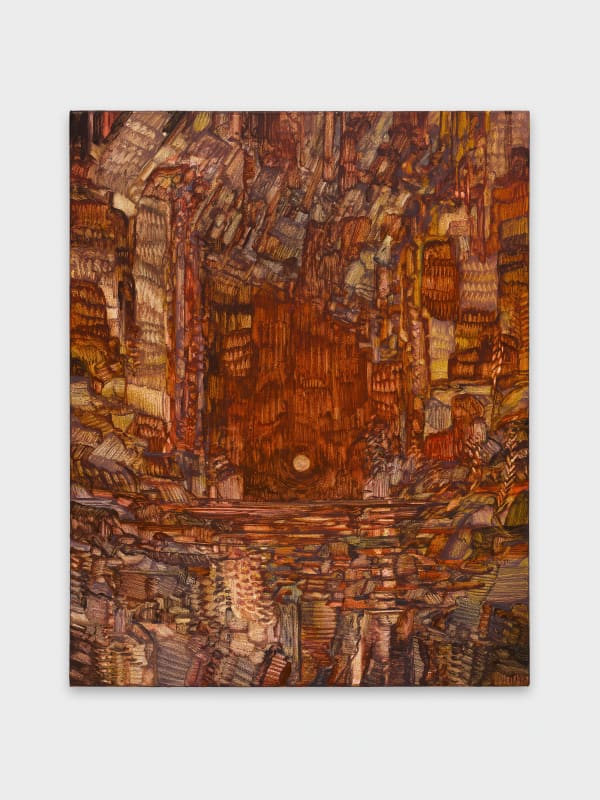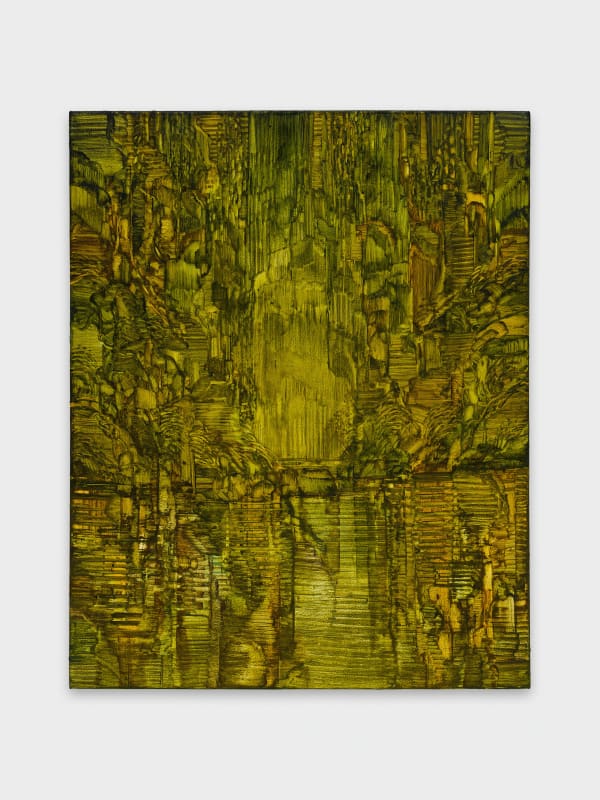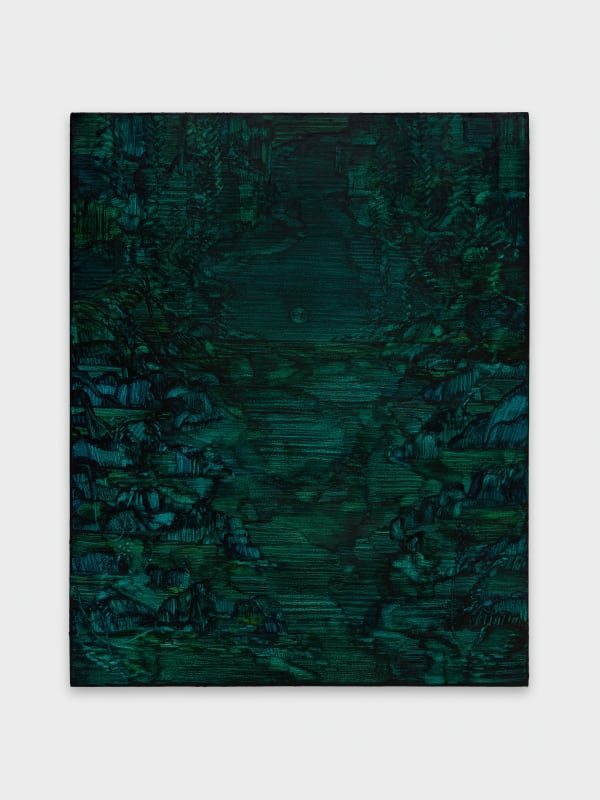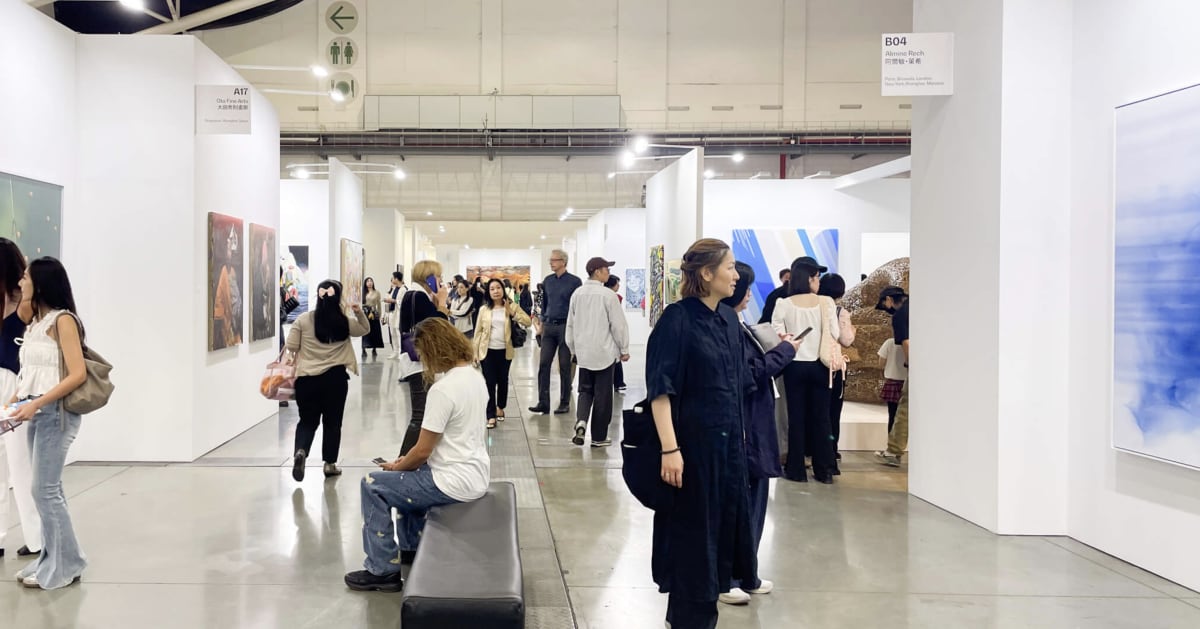Taipei Dangdai : Booth DG02
Taipei Dangdai 2025
May 8 – 11, 2025
Taipei Nangang Exhibition Center
Booth DG02
Kutlesa is pleased to participate in the sixth edition of Taipei Dangdai (Booth DG02) with a solo presentation by Alexandre Wagner. The sixth edition of Taipei Dangdai, will take place at Taipei Nangang Exhibition Center, from 9 – 11 May 2025 (VIP Preview 8 May).
Kutlesa is pleased to participate in the sixth edition of Taipei Dangdai (Booth DG02) with a solo presentation by Alexandre Wagner. The sixth edition of Taipei Dangdai, will take place at Taipei Nangang Exhibition Center, from 9 – 11 May 2025 (VIP Preview 8 May).
The paintings of Alexandre Wagner are imbued with a charged sense of disorientation—spaces that dissolve under observation, as if extracted from a dream, a memory, or an imagined place.
These images are enveloped in a fog of ambiguity. Forms oscillate, appearing and disappearing in ways that evoke forests, stone, water, and sky, without ever fully resolving into recognizable representations. As the artist describes, the “possibility of a thing ceasing to be immediately what it seems to be” is a defining feature of his process. He continues: “When that happens, I feel that the work continues to unfold, remains active, and keeps generating meaning, precisely because it cannot be definitively named. If an accumulation of gestures resembles forest foliage, the painting reminds us that before anything else, it is paint—marks on a surface.”
The works selected for this exhibition invite the viewer to dwell on the surface of the canvas and to observe the methodical, almost obsessive construction of each composition: composed of small and energetic gestures. Through successive layers of highly diluted paint, Wagner’s brushwork appears to subtract rather than apply pigment. Each mark scrapes, excavates, and reveals light from the raw white of the canvas beneath.
This sense of excavation, inherent in Wagner’s practice, also implies an ever-present potential for dissolution. In works such as Gengibre-Azul and Corrupião Vermelho, a circular form at the center of the composition acts as a magnetic nucleus, drawing the viewer’s gaze inward, while surrounding elements seem to ripple and dissolve. In Canela-Ferrugem and Açoita-Cavalo, the impression of a dense forest is constructed through undulating lateral gestures—fragmented into hundreds of brushstrokes that suggest a fictive architecture, removed from any literal depiction of landscape. In Laguna, rhythmic motion supersedes any direct reference to nature, reflection, or vegetation; it is as though the artist were attempting to render the sensation of wind moving through the scene.
Wagner’s paintings resist resolution. They operate as psychological and perceptual spaces into which the viewer may fall. They evoke landscapes without ever fully becoming them, remaining suspended in a charged space between figuration and abstraction. In Wagner’s visual lexicon, clarity becomes a constraint, and ambiguity a generative language—one that speaks not to what is seen, but to the experience of seeing, remembering, and imagining.







